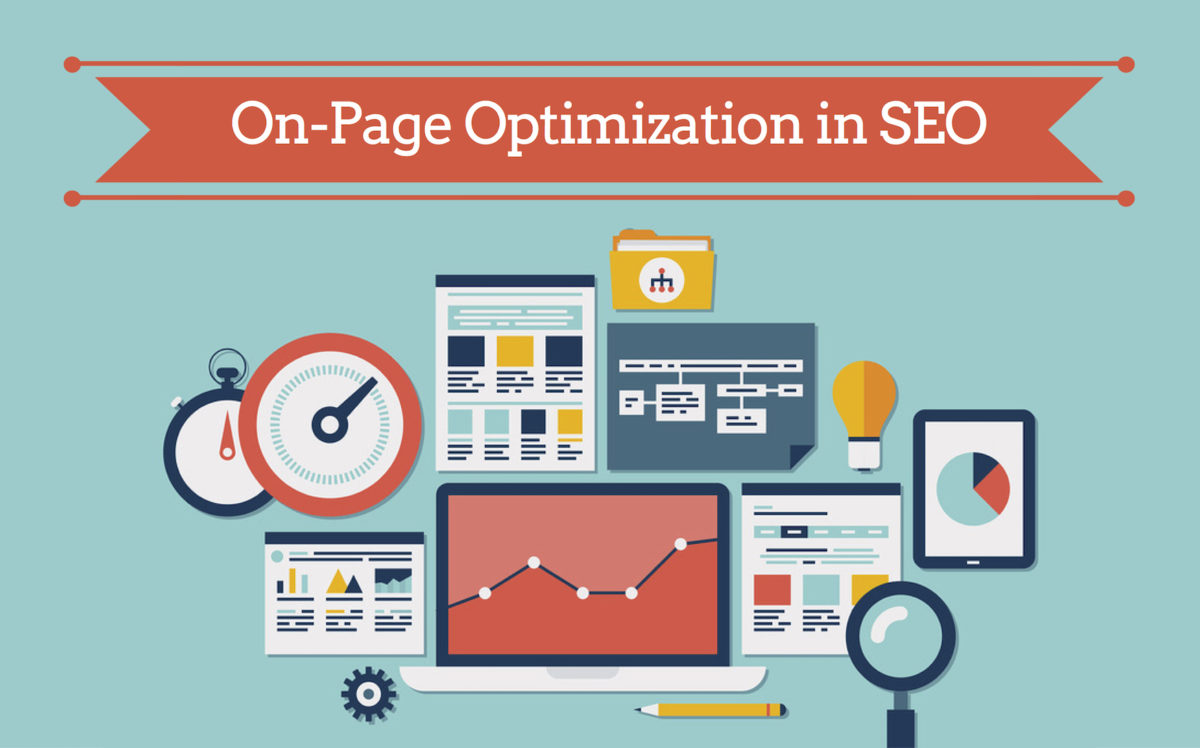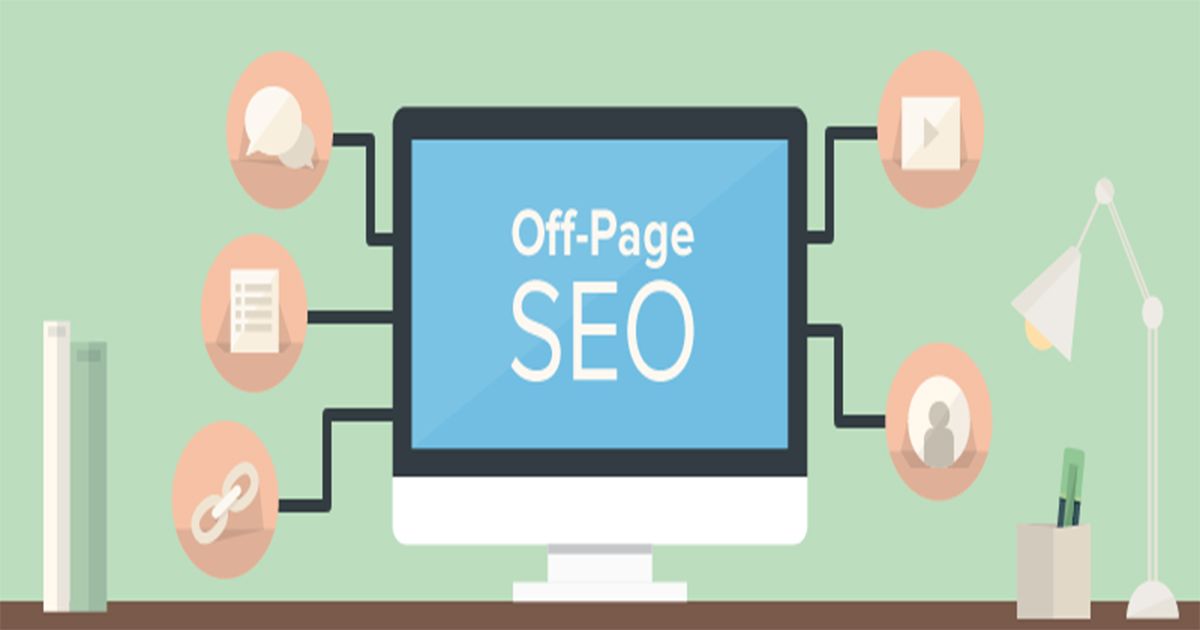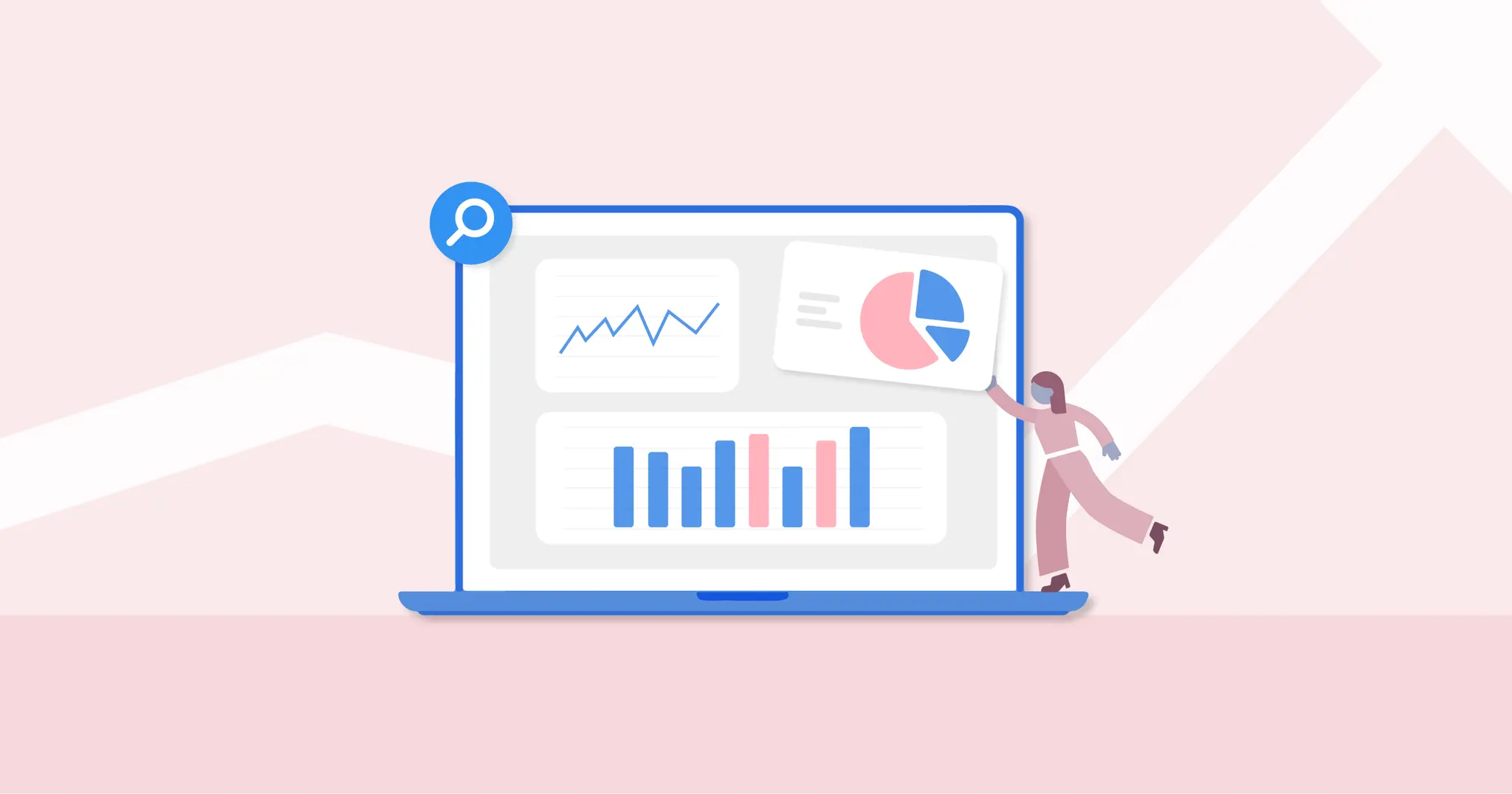In today’s digital landscape, having a strong online presence is crucial for the success of any business or individual. One of the most effective ways to improve your visibility and attract more traffic to your website is through Search Engine Optimization (SEO). By optimizing your website content for search engines, you can increase your chances of ranking higher in search results, ultimately driving more organic traffic to your site.
In this guide, we’ll walk you through the process of making your website content SEO optimized, covering everything from keyword research to on-page optimization techniques.
Understanding SEO

Before delving into the intricacies of optimizing website content, it’s imperative to establish a foundational understanding of Search Engine Optimization (SEO). SEO is a comprehensive digital marketing strategy aimed at improving a website’s visibility and ranking on search engine results pages (SERPs). In essence, SEO encompasses a series of techniques and practices designed to enhance a website’s relevance and authority in the eyes of search engines, ultimately driving organic (non-paid) traffic to the site.
At its core, SEO revolves around the principle of catering to the needs and preferences of both users and search engines. By aligning website content with user intent and search engine algorithms, website owners can increase their chances of appearing prominently in search results, thereby attracting more visitors and potential customers.
Let’s delve deeper into the fundamental concepts and principles that underpin the world of SEO:
Definition of SEO
SEO, or Search Engine Optimization, is the process of optimizing a website and its content to improve its visibility and ranking on search engine results pages (SERPs). The primary objective of SEO is to enhance a website’s organic (non-paid) traffic by ensuring that it appears prominently in relevant search queries.
Importance of SEO
The significance of keyword research cannot be overstated in the realm of SEO. It serves as the compass that guides content creation, optimization efforts, and overall SEO strategy. By identifying the most relevant and valuable keywords for their niche or industry, website owners can ensure that their content resonates with their target audience and stands a better chance of ranking well in search results.
Getting Started with Keyword Research
The first step in keyword research is brainstorming a list of potential keywords and phrases relevant to your business, products, or services. This initial list can be compiled based on your industry knowledge, customer insights, and competitor analysis.
Once you have a list of seed keywords, it’s time to leverage keyword research tools to expand and refine your keyword list further. Tools like Google Keyword Planner, SEMrush, Ahrefs, and Moz Keyword Explorer provide valuable insights into keyword search volume, competition, and related keywords.
Understanding Long-Tail Keywords
While broad keywords may attract a high volume of searches, they often come with stiff competition, making it challenging for smaller websites to rank well for them. This is where long-tail keywords come into play. Long-tail keywords are longer, more specific phrases that typically have lower search volumes but higher conversion rates.
For example, while the keyword “digital marketing” may be highly competitive, targeting a long-tail keyword like “best digital marketing strategies for small businesses” allows you to reach a more targeted audience with less competition.
Assessing Keyword Metrics
When conducting keyword research, it’s essential to consider various metrics to evaluate the potential value of each keyword. Some key metrics to look out for include:
Search Volume: The average number of monthly searches for a particular keyword. Higher search volumes indicate greater potential traffic but also higher competition.
Keyword Difficulty: An estimate of how difficult it is to rank for a specific keyword. Keywords with lower difficulty scores are generally easier to rank for but may attract less traffic.
Click-Through Rate (CTR): The percentage of users who click on a search result after entering a specific keyword. Keywords with higher CTRs indicate greater user interest and engagement.
Cost-Per-Click (CPC): The average amount advertisers are willing to pay for each click on a keyword in paid search advertising. Higher CPCs may indicate greater commercial intent for certain keywords.
By analyzing these metrics, website owners can prioritize their keyword targets and focus their optimization efforts on keywords that offer the best balance of search volume, competition, and relevance.
Keyword Research as an Ongoing Process
Keyword research is not a one-time activity but rather an ongoing process that evolves alongside changes in user behavior, market trends, and search engine algorithms. As such, it’s essential to regularly revisit and update your keyword strategy to ensure its relevance and effectiveness. Monitoring keyword performance, conducting competitor analysis, and staying informed about industry developments can help you identify new keyword opportunities and refine your existing keyword targets over time.
On-Page Optimization: Elevating Your Content for Search Engines

Once you’ve conducted thorough keyword research and identified your target keywords, the next step in your SEO journey is to optimize your website content through on-page optimization techniques. On-page optimization involves making strategic adjustments to individual web pages to enhance their visibility and relevance to specific keywords, ultimately improving their performance in search engine results pages (SERPs). Here’s a closer look at some essential on-page optimization techniques:
Optimize Title Tags
Title tags are HTML elements that specify the title of a web page. They play a crucial role in conveying the topic and relevance of a page to both users and search engines. To optimize title tags for SEO, include your target keyword near the beginning of the title tag. This helps signal to search engines what the page is about and increases its relevance to relevant search queries.
For example, if your target keyword is “best hiking boots,” a well-optimized title tag could be “Best Hiking Boots: Find Your Perfect Pair | Your Website Name.”
Meta Descriptions
Meta descriptions are brief summaries of a web page’s content that appear in search engine results beneath the title tag. While meta descriptions don’t directly impact search engine rankings, they play a crucial role in enticing users to click through to your site. Write compelling meta descriptions that accurately describe the content of the page and include relevant keywords to attract clicks from users.
For example, a meta description for a page about hiking boots could be “Discover the best hiking boots for your next adventure. Our expert reviews and buying guide will help you find the perfect pair for any terrain.”
Header Tags
Header tags, including H1, H2, H3, and so on, are used to structure content and highlight important sections within a web page. These tags not only improve readability for users but also provide valuable context to search engines about the content hierarchy. Include your target keywords in relevant header tags to emphasize their importance to search engines.
For instance, if you’re writing a blog post about hiking boot reviews, your main heading (H1) could be “Best Hiking Boots of 2022,” with subsequent headings (H2) for different brands or features.
Optimize Content
Creating high-quality, informative content that satisfies the search intent behind a user’s query is paramount for on-page optimization. Incorporate your target keywords naturally throughout the content, but avoid keyword stuffing, as this can negatively impact readability and user experience. Focus on providing valuable insights, addressing common questions, and solving users’ problems to improve engagement and relevance.
For example, in a blog post about hiking boots, you could naturally include your target keywords within product descriptions, comparison tables, and buyer’s guides.
Internal Linking
Internal linking refers to linking to other relevant pages within your website using descriptive anchor text. Internal links not only help users navigate your site but also assist search engines in understanding the structure and hierarchy of your content. Strategically include internal links to related pages or articles to provide additional context and relevance to both users and search engines.
For instance, within a blog post about hiking boots, you could link to related articles about hiking gear essentials, outdoor adventure tips, or trail guides.
Optimize Images
Images are an essential component of web pages and can significantly impact user experience and engagement. To optimize images for SEO, use descriptive file names and alt tags that include relevant keywords. This not only improves accessibility for visually impaired users but also provides additional context to search engines, helping them understand the content of the image and its relevance to the page.
For example, if you’re including an image of hiking boots on your website, the file name could be “best-hiking-boots.jpg,” with an alt tag describing the image, such as “Best hiking boots for outdoor adventures.”
Mobile Optimization
With the increasing prevalence of mobile devices, optimizing your website for mobile responsiveness is crucial for SEO success. Ensure that your website is mobile-friendly and provides a seamless user experience across all devices and screen sizes. Mobile optimization is not only a ranking factor for search engines like Google but also enhances user satisfaction and engagement, leading to higher retention rates and conversions.
Off-Page Optimization: Enhancing Your Website's Authority and Credibility

In the vast landscape of Search Engine Optimization (SEO), off-page optimization stands as a crucial pillar alongside its on-page counterpart. While on-page optimization focuses on optimizing individual web pages within your site, off-page optimization extends beyond your website’s confines to bolster its authority, credibility, and relevance in the eyes of search engines. Let’s delve into some essential off-page optimization techniques that can elevate your website’s search engine rankings:
Link Building
Link building remains one of the most potent off-page optimization strategies. Backlinks, or inbound links, are links from other websites that direct traffic to your site. Search engines view backlinks as votes of confidence, indicating that your website is reputable and trustworthy. However, not all backlinks are created equal. Quality backlinks from authoritative websites within your industry carry more weight in search engine algorithms.
To acquire backlinks, you can engage in various tactics such as:
Creating high-quality, shareable content that naturally attracts backlinks from other websites.
Reaching out to influencers, bloggers, and industry experts for collaboration opportunities.
Participating in industry forums, communities, and online discussions and sharing your expertise.
Guest Blogging
Guest blogging is another effective off-page optimization technique that involves writing articles or blog posts for other websites within your niche. By contributing valuable content to reputable websites, you can showcase your expertise, reach new audiences, and earn valuable backlinks to your site. When guest blogging, ensure that you include a relevant link back to your website either within the content or in the author bio.
Social Media Marketing
Social media platforms serve as powerful channels for amplifying your website’s visibility and attracting more traffic. By sharing your website content on platforms like Facebook, Twitter, LinkedIn, and Instagram, you can expand your reach and engage with your audience directly.
Encourage social sharing by creating compelling, shareable content and actively interacting with your followers.Additionally, social signals—such as likes, shares, comments, and mentions—can indirectly impact your website’s search engine rankings by indicating relevance, authority, and user engagement.
Online Reviews
Online reviews play a significant role in shaping consumers’ perceptions of your business and influencing their purchasing decisions. Positive reviews on platforms like Google My Business, Yelp, Trustpilot, and industry-specific review sites not only enhance your online reputation but also contribute to your website’s credibility in the eyes of search engines.
Encourage satisfied customers to leave reviews by providing excellent products, services, and customer experiences. Respond promptly to both positive and negative reviews, demonstrating your commitment to customer satisfaction and engagement.
Monitoring and Optimization
SEO is an iterative process that requires ongoing monitoring, analysis, and optimization to achieve sustained success. Regularly track your website’s performance using tools like Google Analytics and Google Search Console. Monitor key metrics such as keyword rankings, organic traffic, user engagement, and conversion rates to gauge the effectiveness of your SEO efforts.
Identify trends, patterns, and areas for improvement based on performance data and user behavior. Continuously refine your off-page optimization strategies, content, and marketing initiatives to adapt to evolving search trends, algorithm updates, and industry dynamics.
Conclusion
Optimizing your website content for search engines is a critical component of any digital marketing strategy. By conducting keyword research, implementing on-page and off-page optimization techniques, and monitoring your website’s performance, you can improve its visibility, attract more organic traffic, and ultimately achieve your business goals. Remember that SEO is a long-term investment, and patience and persistence are key to success in the ever-evolving world of search engine optimization.



